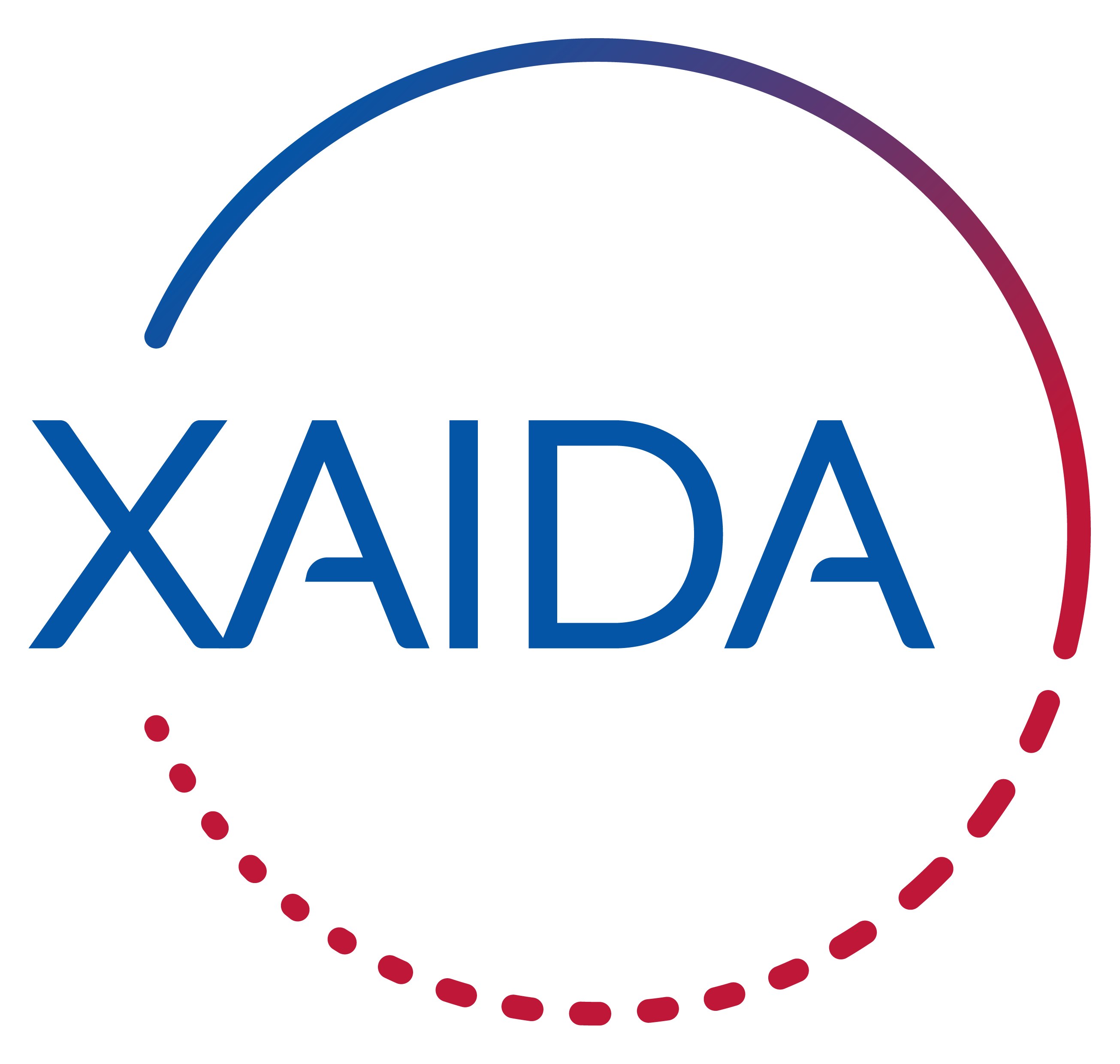Operation Attribution Service : World Weather Attribution (WWA)
In the aftermath of an extreme weather event, the event is studied more and more often by an operational attribution service. Two examples of such operational attribution services are used within XAIDA. These operational services generally answer slightly different questions and are complementary.
WWA: World Weather Attribution (WWA), an initiative founded in 2014, aims to answer the question whether and to what extent climate change altered the likelihood and intensity of an extreme weather event, focusing on events with large impacts and aiming for global coverage.
Description
Working with scientists around the world, WWA quantifies how climate change influences the intensity and likelihood of an extreme weather event in the immediate aftermath of the extreme event using weather observations and computer modelling. To understand what turned weather events into disasters and to encourage actions that will make communities and countries more resilient to future extreme weather events, WWA studies also evaluate how existing vulnerability worsened the impacts of the extreme weather event.
WWA mainly uses a probabilistic method for the analysis of extreme weather events, combined with other methods like analogues or stochastic models. So far WWA analysed different types of events: heatwaves, humid heatwaves, cold, extreme rainfall, drought, wildfires and tropical and extratropical cyclones. WWA holds press releases for international and regional media on every event analysed. All studies including scientific reports can be found at https://www.worldweatherattribution.org/
Potential User Groups
WWA aims to serve several user groups with different types of output: i) a press release in simplified language for the public and the media, ii) a web summary with the key messages for the science-literature audience, and iii) a scientific report with all study details for the scientific community and as basis for further research and outputs.
Guide for journalist
References
https://www.worldweatherattribution.org/pathways-and-pitfalls-in-extreme-event-attribution/
van Oldenborgh, G.J., van der Wiel, K., Kew, S. et al. Pathways and pitfalls in extreme event attribution. Climatic Change 166, 13 (2021). https://doi.org/10.1007/s10584-021-03071-7
Philip, S., Kew, S., van Oldenborgh, G. J., Otto, F., Vautard, R., van der Wiel, K., King, A., Lott, F., Arrighi, J., Singh, R., and van Aalst, M.: A protocol for probabilistic extreme event attribution analyses, Adv. Stat. Clim. Meteorol. Oceanogr., 6, 177–203, https://doi.org/10.5194/ascmo-6-177-2020, 2020.
Otto, F. E. L., Barnes, C., Philip, S., Kew, S., van Oldenborgh, G. J., and Vautard, R.: Formally combining different lines of evidence in extreme-event attribution, Adv. Stat. Clim. Meteorol. Oceanogr., 10, 159–171, https://doi.org/10.5194/ascmo-10-159-2024, 2024.
 This project has received funding from the European Union’s Horizon 2020 research and innovation programme under grant agreement No 101003469.
This project has received funding from the European Union’s Horizon 2020 research and innovation programme under grant agreement No 101003469.
Tools
Storyline is a methodology to determine when in the future extreme heat events above a chosen threshold become likely in cities, and to present the meteorological conditions that lead up to it.
Ensemble boosting uses climate models to efficiently generate very intense and rare weather and climate extremes that can be analyzed for planning and stress testing of critical infrastructure.
The Artificial Intelligence for Disentangling Extremes (AIDE) toolbox allows for tackling generic problems of detection and impact assessment of events such as tropical cyclones and severe convective storms, heat waves, and droughts, as well as persistent winter extremes, among others
This tool explores potential energy risk scenarios using weather regimes. This allows users to tailor the tool to their relevant impact and weather regimes.
GreenEarthNet is a machine learning-powered toolkit for predicting ecosystem responses to climate changes by leveraging Earth observation data and climate models. It supports effective environmental monitoring and forecasting for improved climate action.
In the aftermath of an extreme weather event, the event is studied more and more often by an operational attribution service. Two examples of such operational attribution services are used within XAIDA. These operational services generally answer slightly different questions and are complementary.
ClimaMeter is an international consortium designed to
We contributed to the continuous development of the tigramite (https://github.com/jakobrunge/tigramite/) Python package for causal inference methods.
This package provides a wide range of constraint-based causal discovery and causal effect estimation methods.
Stochastic Weather Generation is a computationally light tool to simulate temperatures for worse case heat extremes, at city up to country level.
In the aftermath of an extreme weather event, the event is studied more and more often by an operational attribution service. Two examples of such operational attribution services are used within XAIDA. These operational services generally answer slightly different questions and are complementary.
World Weather Attribution (WWA), an initiative founded
CAUSEME web-platform is a platform to benchmark causal discovery methods based on ground truth benchmark datasets featuring different real data challenges.
Importance sampling is a way to preferentially select out of a range of model simulations the ones that will lead to extremes of the metric of interest in an early stage of simulation, thus increasing computing efficiency for the cases of interest.
